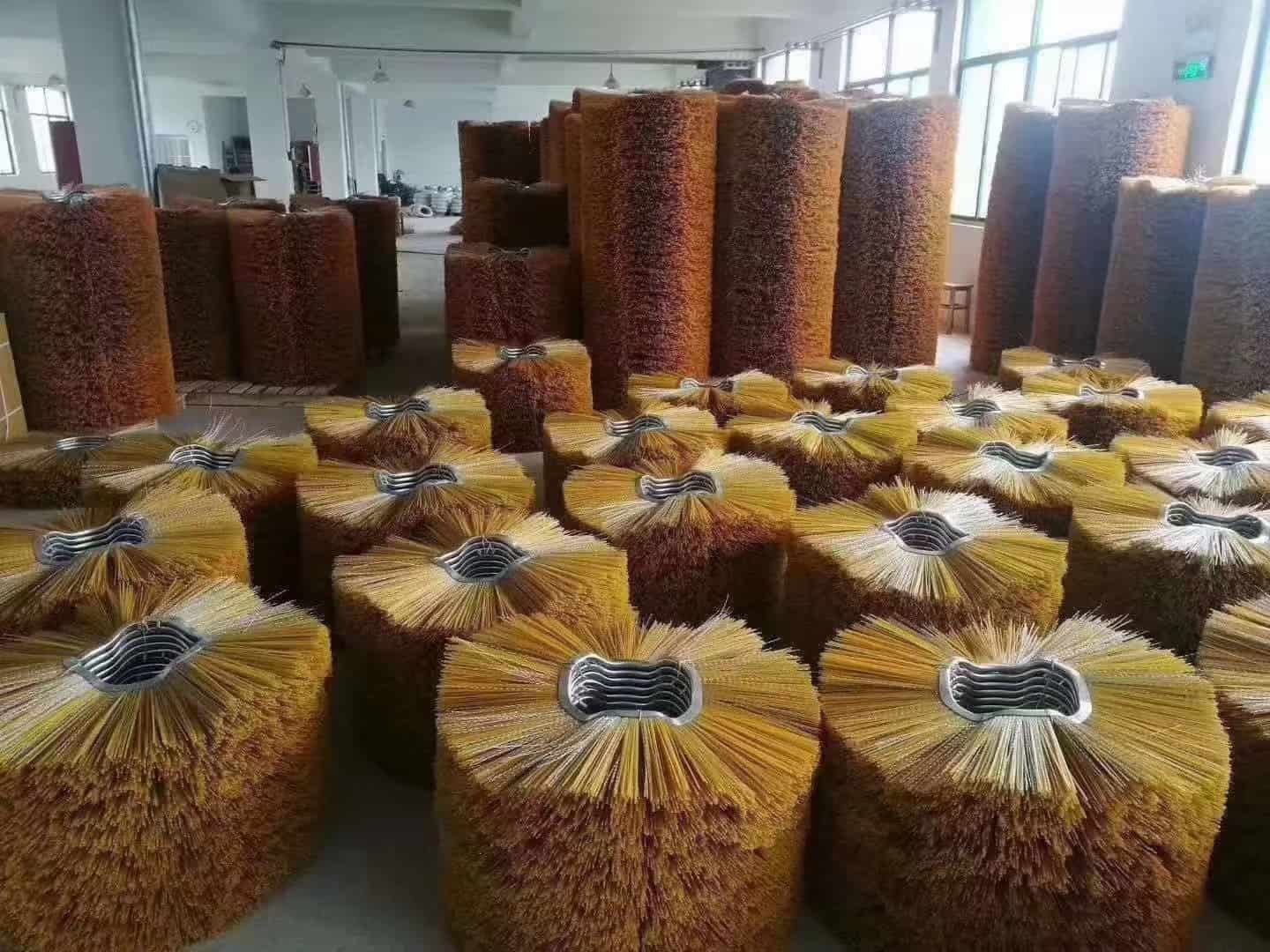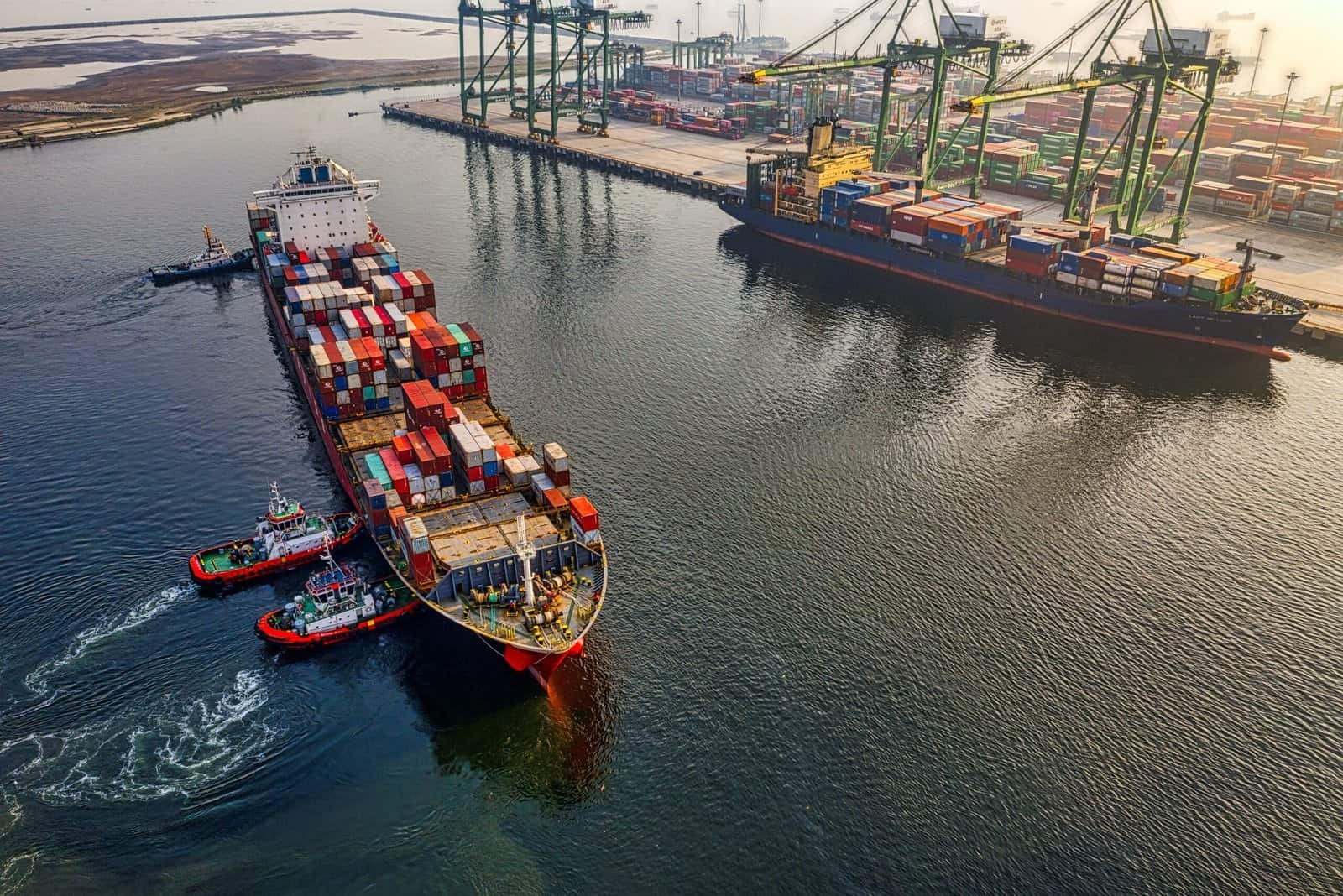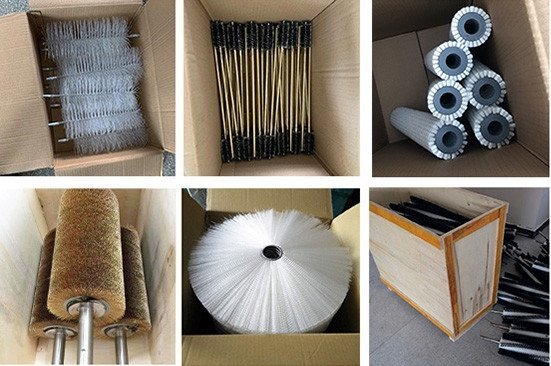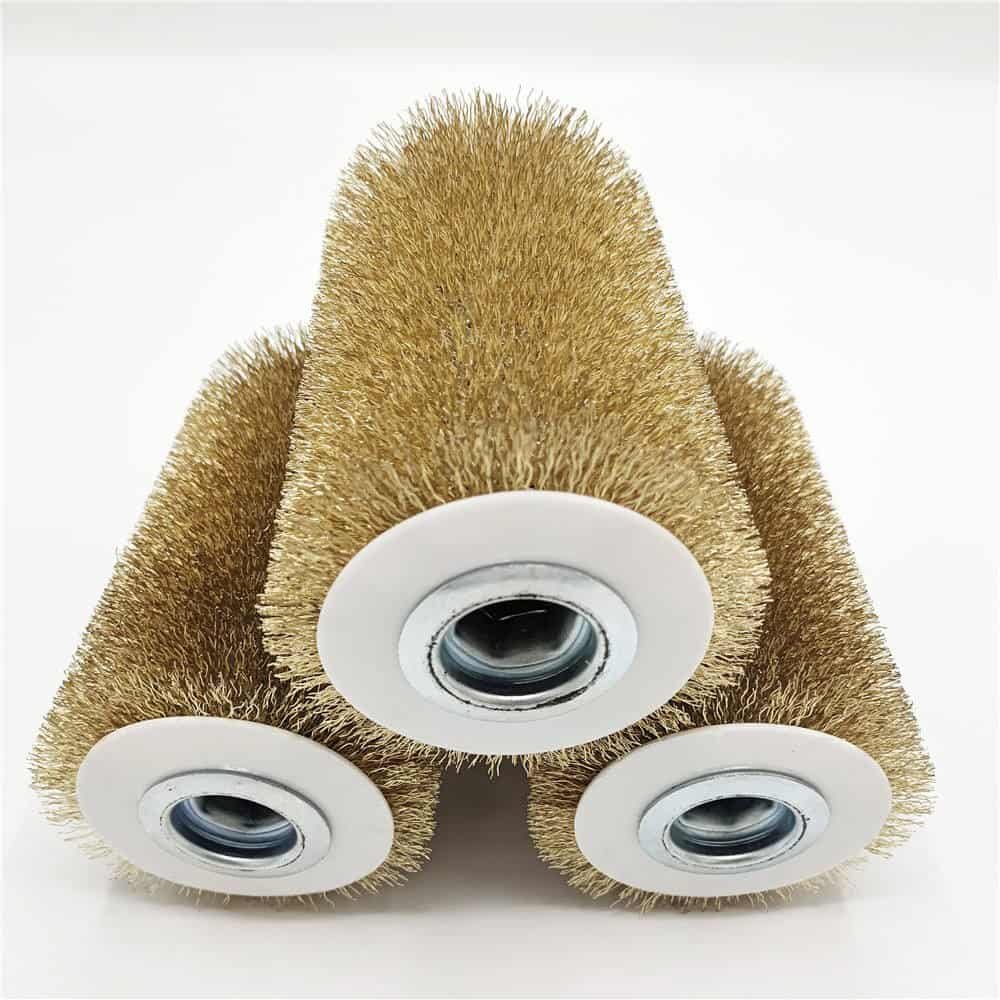Industrial brushes, often unsung heroes, play a vital role in various industries, from manufacturing to food production and artistic endeavors. They serve critical functions like cleaning, deburring, polishing, and more. Ranging from wire brushes to strip brushes, these brushes cater to specific needs, ensuring efficiency and precision.
This document explores the fascinating world of industrial brush manufacturing, highlighting the art and science behind these essential tools. The Selection of Raw Materials
Understanding the industrial brush manufacturing process is crucial for buyers and users. It helps identify optimal products that meet specific requirements and budgets, leading to cost-effective and efficient operations.
Additionally, users can identify signs of wear and tear on their brushes, facilitating timely maintenance and replacement. This averts operational disruptions and prolongs equipment service life. Informed decision-making enhances operational productivity and contributes to the bottom line.
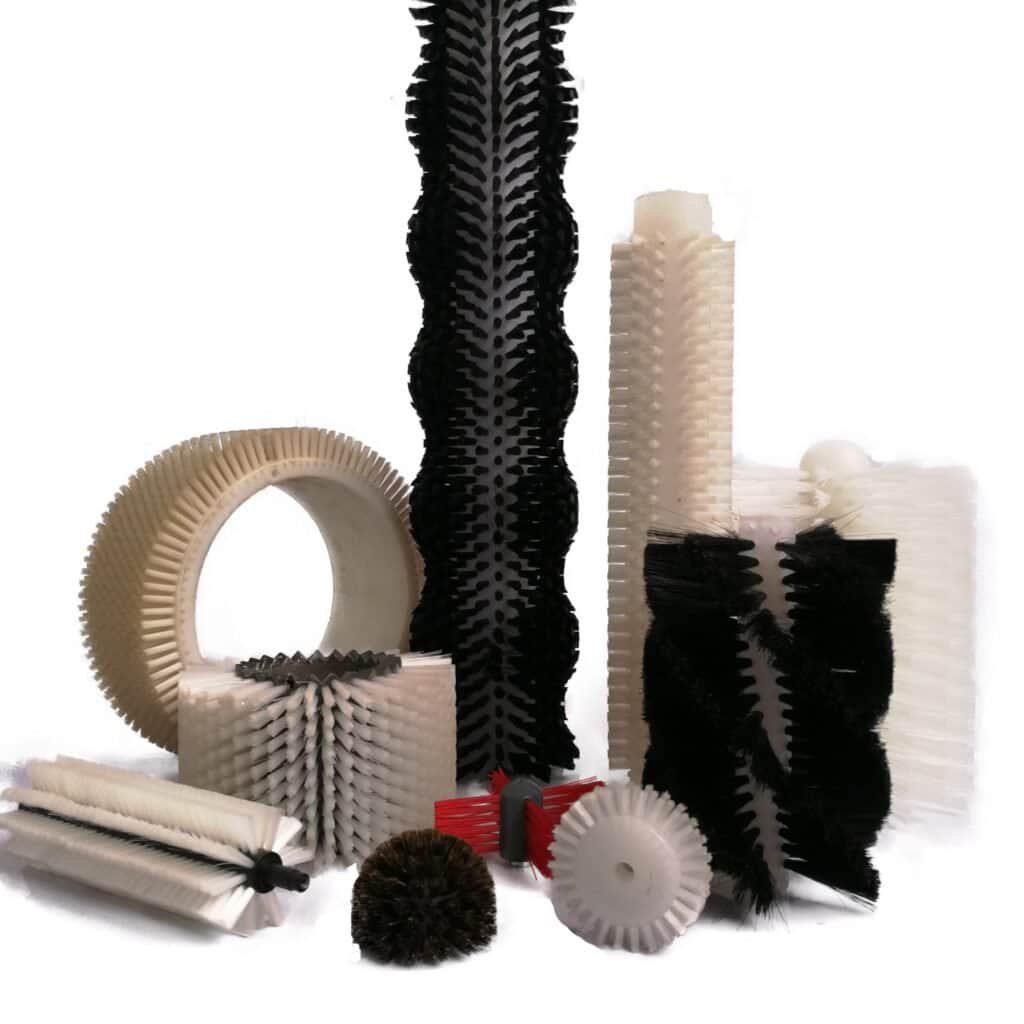
The Selection of Raw Materials
The selection of raw materials for industrial brushes can significantly impact the final product’s performance, durability, and cost-effectiveness. Several types of materials are commonly used in manufacturing these tools, each with their specific properties and applications.
Nylon is a popular choice due to its durability and resistance to abrasion and most chemicals. It can be used in wet and dry applications, and its stiffness can be adjusted by altering the diameter of the bristles.
Wire brushes, often made from steel or brass, are typically used for heavy-duty applications, such as removing rust or paint. Steel wire is robust and abrasive, whereas brass wire is softer and less likely to scratch the surface.
Natural bristles from animal hair or plant fibers are valued for their flexibility and smooth finish. They are commonly used in brushes for fine detailing or finishing tasks where gentle, controlled application is needed.
Factors Influencing Material Choice
Four key factors should be considered when selecting the appropriate material for industrial brushes: durability, application, cost, and environmental impact.
Durability is a vital consideration as it directly influences the brush’s lifespan. A durable brush can withstand demanding conditions over a prolonged period, reducing the need for frequent replacement and minimizing interruptions in operations.
The application of the brush is equally significant. Different applications demand varying properties from a brush. For instance, brushes intended for heavy-duty tasks like paint or rust removal may require sturdier materials like steel wire. In contrast, those used for gentle, detailed work might be better suited to softer, more flexible materials like natural bristles.
Cost is another crucial aspect. While considering the initial acquisition cost is important, evaluating long-term costs, including maintenance and replacement costs, is equally essential. A cheaper brush may seem attractive initially, but it could lead to higher costs in the long run if it needs to be replaced frequently.
Lastly, the environmental impact of the material should be considered. With growing awareness about sustainability, choosing eco-friendly materials can reduce environmental harm and align with corporate sustainability goals. For instance, biodegradable materials like natural bristles can offer an environmentally-friendly alternative to synthetic materials.
Design and Prototyping
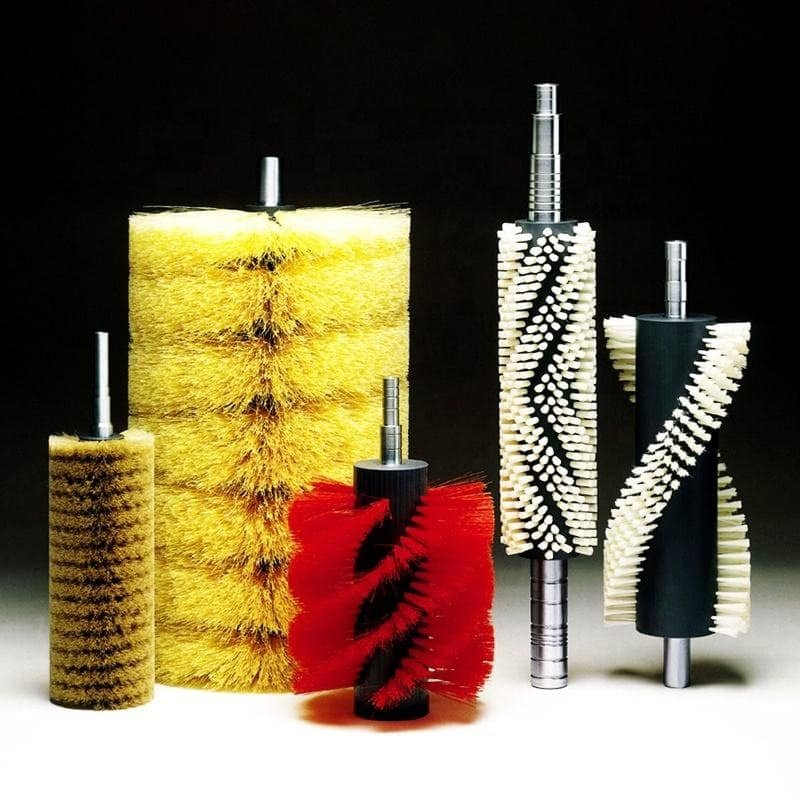
Industrial brush design has been transformed by Computer-Aided Design (CAD). CAD allows engineers to create precise 3D models, streamlining the design process. Manufacturers can optimize brush designs digitally, ensuring precision. Prototyping is essential for custom brushes, validating design assumptions before production.
It enables testing of performance, quality, and durability. CAD and prototyping played a crucial role in a case study in the aerospace industry. A custom brush was designed to remove excess adhesives without damaging equipment. The prototype met industry needs while ensuring equipment safety. CAD and prototyping are vital for developing effective, custom brush solutions for various industries.
Bristle Preparation
Preparing bristles is a critical stage in manufacturing industrial brushes. It involves cutting, tapering, and mixing processes. Cutting bristles to the correct length ensures expected brush performance, impacting reach and stiffness. Tapering bristles by making the ends thinner enhances refined detailing capabilities. Mixing different types of bristles creates brushes with custom characteristics, such as combining nylon and natural bristles for durability and a smooth finish.
Bristle density and arrangement are equally important. Density refers to the number of bristles per unit area, affecting brush stiffness. Higher density allows aggressive scrubbing, while lower density offers a softer brush for gentle cleaning or polishing.
Bristle arrangement can also impact performance, such as entering narrow grooves or removing material from specific surfaces. Considering all factors, proper bristle preparation ensures that the final product meets application demands and user expectations.
Handle and Core Construction
A brush’s handle and core construction greatly influence functionality and user experience. Materials like wood, plastic, and metal are commonly used due to their distinct attributes. Wood offers a natural feel and durability but is susceptible to water damage.
Plastic is lightweight and resistant to water, chemicals, and corrosion, while metals provide strength and longevity. The handle design also affects functionality, with ergonomic designs enhancing control and precision. Striking a balance between material selection, handle design, and intended application ensures user comfort and brush performance.
Bristle Attachment Methods
Bristles can be attached to a brush handle using stapling, anchoring, and epoxy setting. Each method has pros and cons in terms of durability and application.
The stapling method drives metal staples into the handle to secure the bristles. This provides a firm hold, making it suitable for heavy-duty cleaning. However, rusting staples can compromise durability, especially in damp conditions.
Anchoring is commonly used for wire brushes, where bristles are mechanically clenched into the brush body. It offers high durability but can be costly due to labor and machinery.
Epoxy setting involves embedding bristles in a resinous compound that hardens. This method provides excellent durability and is resistant to water and chemicals. However, it may not withstand high temperatures as the epoxy resin can soften or degrade.
When choosing a bristle attachment method, manufacturers consider the brush’s intended application, working environment, and required durability. The goal is to ensure the brush effectively meets user needs.
Quality Control and Testing
Quality control and testing are crucial in brush manufacturing. They ensure products meet standards and deliver expected performance. Rigorous checks identify and rectify any anomalies before reaching the consumer.
Bristle pull-out tests assess bristle attachment strength. Bristles withstand force without detaching, indicating a secure attachment and enhancing lifespan and reliability.
Flex fatigue tests measure bristle resistance to bending. High flex fatigue resistance ensures longevity.
Application testing verifies brush functionality in real-world scenarios. Thorough quality control and testing ensure the production of high-quality, reliable, and durable brushes.
Packaging and Distribution
Proper packaging is crucial in brush manufacturing to prevent damage during transportation and preserve product quality. Delicate brushes require protective packaging against impacts, moisture, and dust, such as sturdy boxes, plastic covers, and cushioning materials. Some high-end brushes may need individual packaging to prevent deformation or damage. Compact and lightweight packaging optimizes storage and shipping costs.
Efficient distribution is vital for success in the brush manufacturing business. Strategic planning ensures timely product availability, including identifying efficient shipping routes and managing inventory.
Modern logistics solutions, like digital tracking systems and automated inventory management, streamline the distribution process. The goal is to minimize delivery times and transportation costs while maintaining product quality and safety during transit.
Environmental Considerations
In recent years, the brush manufacturing industry has shifted towards environmentally friendly practices and materials, reflecting a broader societal move towards sustainability. Using biodegradable materials like bamboo and natural fibers is becoming more common for brush handles and bristles, replacing non-renewable plastics. These sustainable materials reduce the industry’s carbon footprint while maintaining performance, durability, and aesthetic appeal.
Manufacturing methods are also improving to minimize waste and energy consumption. Lean manufacturing and waste recycling are embraced to optimize efficiency and promote conservation. Renewable energy sources such as solar or wind power are used for operating machinery and facilities, highlighting the commitment to sustainability.
Furthermore, brush manufacturers are making efforts to have eco-friendly packaging. This includes using recyclable or compostable materials, reducing unnecessary packaging elements, and encouraging consumer recycling.
These measures meet the growing demand for environmentally conscious products and contribute to global sustainability efforts. This movement towards greener solutions is a significant evolution in the brush manufacturing industry, aligning economic growth with environmental responsibility.
Conclusion
Manufacturing industrial brushes is a meticulous process involving careful selection of materials, precise design, and rigorous quality control. From the initial stages of bristle preparation and handle construction to the bristle attachment methods, every step contributes to the final product’s performance and durability.
Add to that the importance of efficient packaging and distribution and the environmental considerations that are increasingly shaping the industry, and it’s clear that each brush is a testament to expert craftsmanship and thoughtful design.
We encourage you to consider this craftsmanship when seeking solutions for your industrial cleaning needs. Brush Custom offers a wide range of industrial brushes tailored to various applications. Each brush is a product of our commitment to quality, reliability, and sustainability. If you need a custom solution, our team is ready to assist.
Explore our offerings today, or contact us for any specific brush needs. Together, we can find the perfect brush solution that meets your needs and exceeds your expectations.

